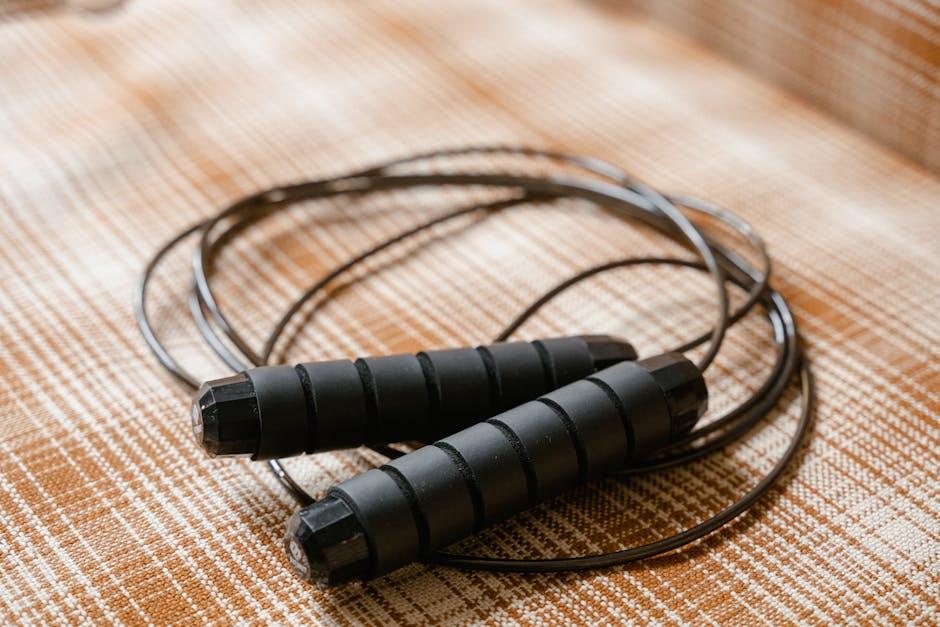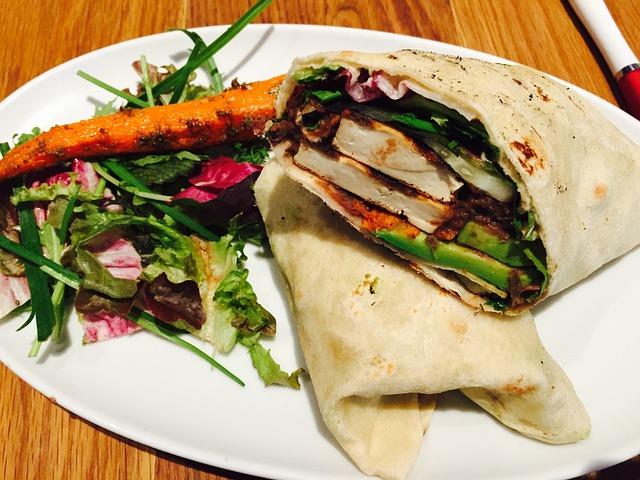In the quest for effective weight loss, the concept of a balanced diet often emerges as a cornerstone strategy, yet its nuances are frequently misunderstood or overlooked. A balanced diet is not merely a restrictive plan designed to cut calories; rather, it is a comprehensive approach that harmonizes the intake of various nutrients to optimize metabolic function, sustain energy levels, and promote overall health. This article delves into the analytical aspects of employing a balanced diet as a tool for weight loss, exploring the intricate relationship between macronutrients and metabolism, the role of portion control, and the psychological benefits of sustainable eating habits. By understanding and implementing the principles of a balanced diet, individuals can achieve their weight loss goals with confidence and maintain long-term health benefits.
Understanding the Role of Macronutrients in Weight Loss
Macronutrients, comprising carbohydrates, proteins, and fats, are fundamental components of our diet, each playing a distinct role in weight management. Carbohydrates are often misunderstood; however, they are the body’s primary energy source. Opt for complex carbohydrates such as whole grains, legumes, and vegetables, which provide sustained energy and keep you feeling full longer. Proteins are essential for muscle repair and growth, making them a key player in maintaining a healthy metabolism. Incorporate lean meats, tofu, or legumes into your meals to support muscle mass and reduce cravings.
Fats, often unfairly vilified, are crucial for hormone production and nutrient absorption. Choose healthy fats like avocados, nuts, and olive oil to enhance satiety and improve heart health. A balanced diet that respects the unique contributions of each macronutrient can help regulate appetite and boost energy levels, facilitating sustainable weight loss. Key strategies include:
- Prioritizing nutrient-dense, whole foods over processed options.
- Ensuring each meal includes a balance of carbohydrates, proteins, and fats.
- Listening to your body’s hunger cues to prevent overeating.
Incorporating Nutrient-Dense Foods for Effective Results
When aiming for weight loss, it’s crucial to focus on nutrient-dense foods that provide essential vitamins and minerals without excessive calories. These foods are packed with nutrients relative to their calorie content, making them an ideal choice for maintaining energy levels while shedding pounds. Integrating these foods into your daily meals can enhance your diet’s effectiveness and keep you satisfied.
- Leafy Greens: Spinach, kale, and Swiss chard are low in calories yet rich in fiber and antioxidants, supporting digestive health and providing a feeling of fullness.
- Lean Proteins: Foods like chicken breast, tofu, and legumes are excellent sources of protein, which is essential for muscle maintenance and metabolism regulation.
- Whole Grains: Opt for quinoa, brown rice, or oats to gain complex carbohydrates that offer sustained energy and fiber for digestion.
- Fruits and Berries: Blueberries, strawberries, and apples provide essential vitamins and a natural sweetness, reducing cravings for sugary snacks.
- Nuts and Seeds: Almonds, chia seeds, and flaxseeds are rich in healthy fats and protein, contributing to satiety and heart health.
By thoughtfully selecting these nutrient-dense options, you not only support your weight loss goals but also ensure that your body receives the nourishment it needs to function optimally. This strategic approach encourages sustainable weight management and overall well-being.

Creating a Sustainable Meal Plan for Long-Term Success
Crafting a meal plan that promotes weight loss while ensuring sustainability involves a delicate balance of nutrients and food choices. It’s crucial to focus on incorporating a variety of food groups to ensure your body receives all the necessary vitamins and minerals. A sustainable meal plan should include:
- Proteins: Opt for lean proteins like chicken, fish, beans, and legumes to help maintain muscle mass and keep you feeling full longer.
- Whole Grains: Choose whole grains such as quinoa, brown rice, and oats, which provide sustained energy and fiber.
- Fruits and Vegetables: Fill half your plate with a colorful array of fruits and vegetables to maximize nutrient intake and satiety.
- Healthy Fats: Include sources of healthy fats like avocados, nuts, and olive oil to support overall health and satiety.
Adopting a meal plan that aligns with your lifestyle and preferences is key to long-term adherence. Consider meal prepping and planning to ensure you have healthy options readily available, reducing the temptation of unhealthy choices. By focusing on nutrient-dense foods and maintaining portion control, you can create a meal plan that not only aids in weight loss but also promotes overall well-being.

Monitoring Portion Sizes and Caloric Intake for Optimal Balance
Achieving the delicate balance between portion sizes and caloric intake is crucial in any weight loss journey. Understanding the nutritional value of the food you consume allows you to make informed decisions, ensuring that your body receives the necessary nutrients while maintaining a calorie deficit. Begin by familiarizing yourself with the concept of portion control. This involves being mindful of the quantity of food on your plate and recognizing that even healthy foods can contribute to weight gain if consumed in excess.
Key strategies to monitor and adjust portion sizes include:
- Utilizing smaller plates to help control portions visually.
- Measuring and weighing food to gain a better understanding of serving sizes.
- Filling half your plate with vegetables to increase volume without significantly increasing calories.
- Being mindful of hunger cues and stopping when you feel satisfied, not stuffed.
In addition, tracking your daily caloric intake through apps or food journals can provide insights into your eating habits, helping you identify areas where you can cut back or make healthier substitutions. By combining these practices, you create a sustainable approach to weight loss that focuses on balance and nourishment, rather than deprivation.
